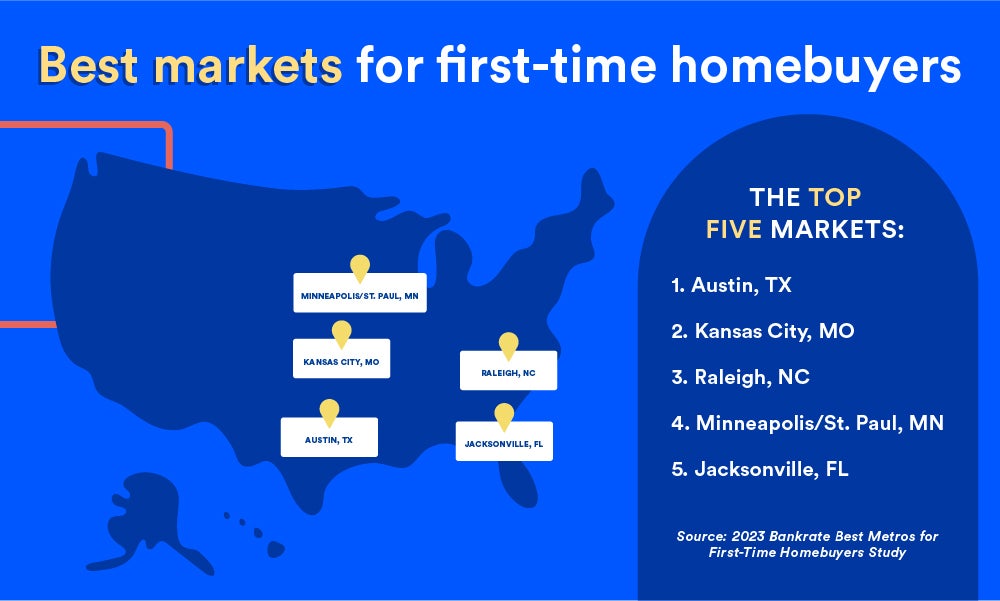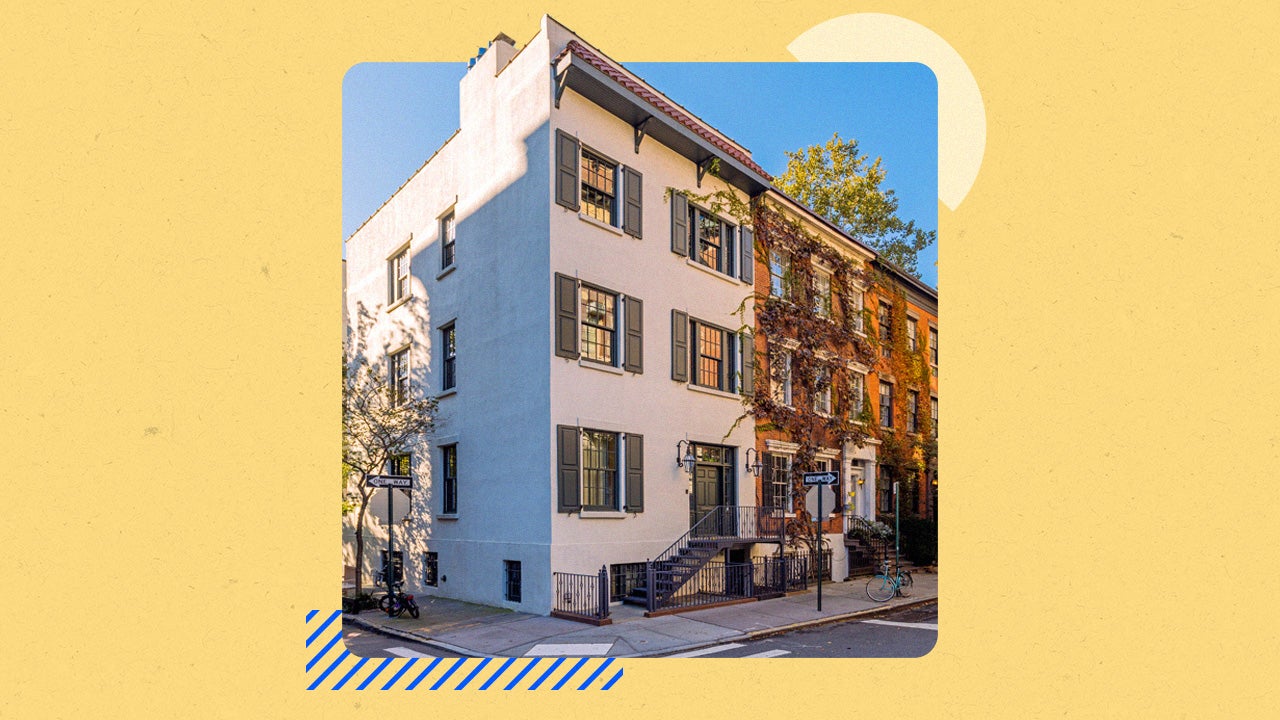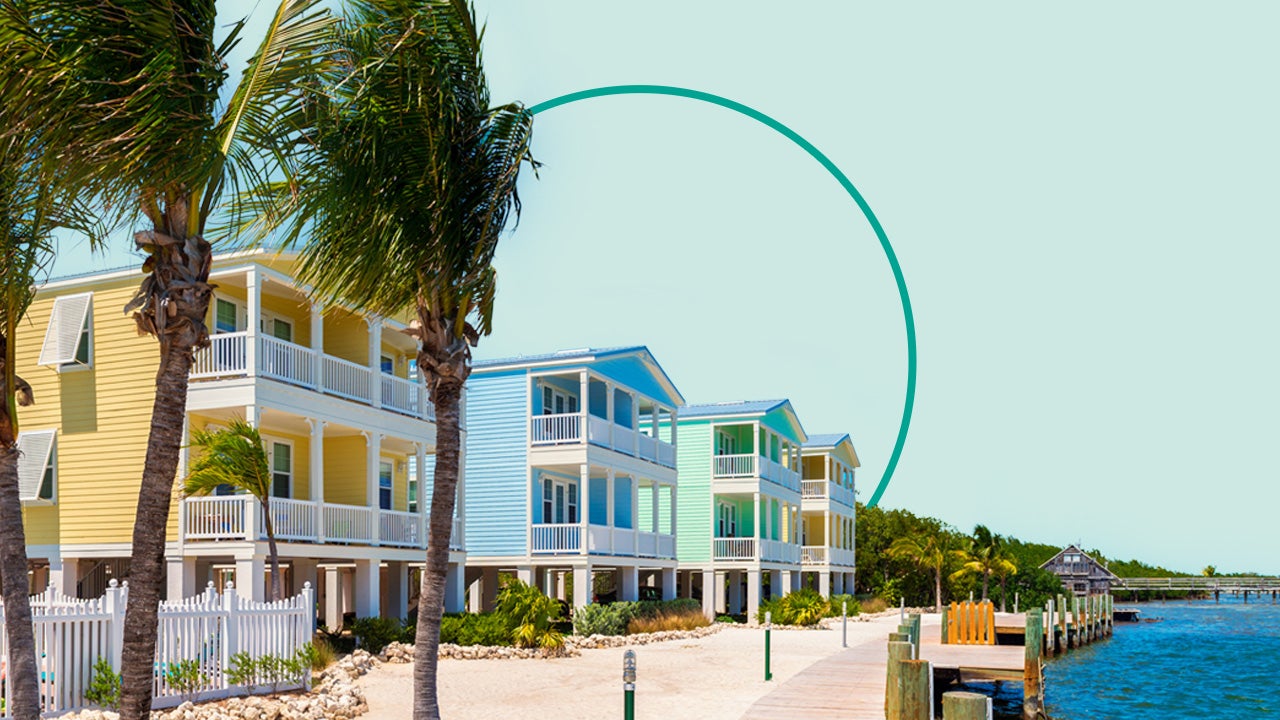The best and worst places for first-time homebuyers 2023

Even as the COVID-fueled real estate boom loses steam, home prices remain near their all-time highs. These soaring values are a windfall for homeowners but a headache for first-time homebuyers, who are struggling to achieve homeownership.
For frustrated home shoppers, moving to a more favorable market offers one solution to the affordability conundrum. Some metropolitan areas offer an enticing combination of affordable real estate, a robust job market and high marks for wellness and cultural amenities.
The 2023 Bankrate Best Metros for First-Time Homebuyers study crunched 10 data points for the nation’s 50 largest metro areas. We found that Austin, Texas, ranks as the most attractive place for first-time buyers, followed by Midwestern and Sun Belt metro areas that offer a combination of affordable homes, strong local economies and housing markets that aren’t too frothy.
At the opposite end of the scale, the least attractive region is the Washington, D.C., metro area, followed by two metro areas in the Northeast and two in Southern California.

Best metro areas for first-time buyers in 2023
Bankrate ranked 50 metro areas across four broad categories: housing prices in relation to local wages; the tightness of the local housing market; the employment picture; and wellness and culture. Based on that scoring, the top areas are:
- Austin: This metro area’s job market is booming, and it ranks first in that category. Austin also placed second in market tightness and near the top in wellness and culture. It lags in just one area: affordability. With a median home price of $565,000 as of September, according to Redfin, Austin can be a challenging market for young buyers looking for a starter home.
- Kansas City: The Kansas City metro area ranked No. 3 in affordability and No. 11 in market tightness. However, its ranking was pulled down by middle-of-the-pack showings in job market and wellness and culture.
- Raleigh: Raleigh ranks No. 1 in market tightness, or lack thereof. In this category, Bankrate graded metro areas by how many homes were for sale compared to a year ago, and how quickly those homes sell. In the other three categories, the Research Triangle region (which includes nearby Durham and Chapel Hill) ranked outside the top 10, but still above average.
- Minneapolis: The Twin Cities region placed fifth in the labor market category, thanks to a low unemployment rate, strong job growth and short commutes. While it didn’t dominate in any other category, the metro area performed well overall, posting top 20 finishes in wellness and affordability.
- Jacksonville: This northern Florida metro area placed in the top 10 in both the job market category and in housing market tightness.
Austin still ‘a boomtown’
Ashley Jackson, president of the Austin Board of Realtors and an agent at Realty Austin, remembers when the state capital had a small-town vibe. Homes were affordable, and chain restaurants counted as fine dining.
“My running joke is, in the 1980s, you had to wait in line for 45 minutes at the Olive Garden,” Jackson says. “Austin has turned into a boomtown.”
In recent years, tech giants like Apple, Amazon, Google and more have set up shop in Austin, already home to the University of Texas and a thriving music scene. Median family income soared to $110,300 in 2022, up 45 percent from a decade earlier. And of course, the restaurant offerings have grown more diverse.
The metro area’s prosperity is reflected in rising home prices — they’ve more than doubled over the past decade, outpacing the wage gains. Still, the housing market has turned in favor of buyers over the past year, as illustrated by Austin’s No. 2 ranking in market tightness.
“It actually is a good time to be a first-time buyer in Austin,” Jackson says. “It’s returned to a pre-pandemic normalcy. An FHA or a VA buyer can now have an offer accepted, whereas during the pandemic, it was impossible for those buyers.”
Matt Smith, 35, can attest to that shift in the market. He moved to Austin from New York City in 2019. During the pandemic, he decided he wanted to stay and began shopping for a condo. But he quickly encountered the reality of an intense seller’s market: In one case, his bid was just one of 20 offers on a single unit. “I had no chance,” he recalls.
In 2022, as Austin’s housing market cooled, Smith resumed his search. In November, he closed on a one-bedroom condo in downtown Austin. He put in the only offer on the unit.
Smith lived most of his life in the New York City metro area, but he had grown weary of eye-watering home prices, frigid winters and high taxes. He says he doesn’t mind Texas’ sweltering summers, and he appreciates Austin’s modest property taxes and the lack of a state income tax.
“You just can’t afford anything in the New York City metro area. I was like, ‘I can’t do this anymore,’” he says. “And I’ve had enough snowstorms and polar vortexes.”
He was able to afford Austin homeownership in spite of rising mortgage rates and hefty student loans. “I tell people, ‘If I can do it, you can do it,’” he says.
Worst metro areas for first-time buyers in 2023
At the bottom of the ranking are a group of five metro areas with steep home prices and tight housing markets:
46. Riverside: California homebuyers who are willing to move inland can get a house for hundreds of thousands of dollars less than they’d spend in a beachside city like San Diego. One trade-off is long commute times, which pulled Riverside down in our rankings. Lower incomes compared to coastal Southern California also make affordability a challenge.
47. San Diego: San Diego ranked 49th out of 50 in affordability, easily offsetting its No. 4 ranking in wellness and culture.
48. New York City: The largest metro area in the U.S. had back-of-the-pack showings in Bankrate’s job market and affordability categories. The lone bright spot was a No. 3 showing in wellness and culture.
49. Boston: Boston came in 46th in affordability, and its rankings in the other three categories were in the middle of the pack.
50. Washington, D.C.: The nation’s capital ranks 44th in job market, a result of weak job growth and long commutes. In another poor showing, D.C. ranks 39th in market tightness. Its only top 10 finish came in wellness and culture.
Where all 50 metro areas rank
| Metropolitan Statistical Area | Affordability Rank | Job Market Rank | Market Tightness Rank | Wellness & Culture Rank | Overall Rank |
|---|---|---|---|---|---|
| Atlanta-Sandy Springs-Roswell | 33 | 16 | 28 | 17.5 | 27 |
| Austin-Round Rock | 35 | 1 | 2 | 6 | 1 |
| Baltimore-Columbia-Towson | 20.5 | 42 | 46 | 21 | 38 |
| Birmingham-Hoover | 23 | 11 | 22 | 48.5 | 18 |
| Boston-Cambridge-Nashua | 46 | 21 | 35 | 9 | 49 |
| Buffalo-Cheektowaga-Niagara Falls | 16 | 32 | 29 | 44 | 20 |
| Charlotte-Concord-Gastonia | 24 | 25 | 19.5 | 22.5 | 12 |
| Chicago-Naperville-Elgin | 25 | 43 | 45 | 12.5 | 40 |
| Cincinnati | 5 | 29 | 47 | 45 | 21 |
| Cleveland-Elyria | 1 | 49 | 40 | 46 | 23 |
| Columbus | 6 | 39 | 42 | 43 | 28 |
| Dallas-Fort Worth-Arlington | 26 | 7 | 18 | 24.5 | 9 |
| Denver-Aurora-Lakewood | 34 | 34.5 | 14 | 11 | 30 |
| Detroit-Warren-Dearborn | 4 | 37 | 39 | 47 | 17 |
| Hartford-West Hartford-East Hartford | 7 | 45 | 36 | 20 | 14.5 |
| Houston-The Woodlands-Sugar Land | 28 | 36 | 31 | 26 | 35 |
| Indianapolis-Carmel-Anderson | 8 | 9.5 | 33 | 41 | 7 |
| Jacksonville | 17 | 9.5 | 8.5 | 36 | 5 |
| Kansas City | 3 | 28 | 11 | 38 | 2 |
| Las Vegas-Henderson-Paradise | 36 | 22 | 5 | 9 | 16 |
| Los Angeles-Long Beach-Anaheim | 47 | 27 | 10 | 2 | 43 |
| Louisville-Jefferson County | 15 | 38 | 44 | 48.5 | 34 |
| Memphis | 10 | 47 | 15.5 | 50 | 25 |
| Miami-Fort Lauderdale-West Palm Beach | 42 | 4 | 21 | 12.5 | 31 |
| Milwaukee-Waukesha-West Allis | 14 | 40 | 50 | 32 | 32 |
| Minneapolis-St. Paul-Bloomington | 13 | 5 | 43 | 16 | 4 |
| Nashville-Davidson-Murfreesboro-Franklin | 32 | 3 | 27 | 22.5 | 11 |
| New Orleans-Metairie | 30 | 48 | 6 | 28.5 | 39 |
| New York-Newark-Jersey City | 44 | 41 | 25.5 | 3 | 48 |
| Oklahoma City | 12 | 12 | 24 | 42 | 6 |
| Orlando-Kissimmee-Sanford | 31 | 20 | 7 | 15 | 10 |
| Philadelphia-Camden-Wilmington | 9 | 46 | 32 | 24.5 | 14.5 |
| Phoenix-Mesa-Scottsdale | 39.5 | 26 | 4 | 30 | 42 |
| Pittsburgh | 11 | 50 | 23 | 34 | 26 |
| Portland-Vancouver-Hillsboro | 37 | 13 | 15.5 | 14 | 24 |
| Providence-Warwick | 27 | 17 | 48 | 33 | 33 |
| Raleigh | 22 | 19 | 1 | 17.5 | 3 |
| Richmond | 18 | 34.5 | 37 | 31 | 29 |
| Riverside-San Bernardino-Ontario | 43 | 31 | 8.5 | 27 | 46 |
| Sacramento-Roseville-Arden-Arcade | 41 | 24 | 19.5 | 19 | 45 |
| Salt Lake City | 38 | 8 | 3 | 28.5 | 22 |
| San Antonio-New Braunfels | 20.5 | 30 | 12 | 40 | 19 |
| San Diego-Carlsbad | 49 | 14 | 30 | 4 | 47 |
| San Francisco-Oakland-Hayward | 48 | 15 | 25.5 | 1 | 41 |
| San Jose-Sunnyvale-Santa Clara | 50 | 2 | 34 | 7 | 44 |
| Seattle-Tacoma-Bellevue | 45 | 18 | 13 | 5 | 36 |
| St. Louis | 2 | 23 | 41 | 38 | 8 |
| Tampa-St. Petersburg-Clearwater | 29 | 6 | 17 | 35 | 13 |
| Virginia Beach-Norfolk-Newport News | 19 | 33 | 49 | 38 | 37 |
| Washington-Arlington-Alexandria | 39.5 | 44 | 38 | 9 | 50 |
Methodology
The 2023 Bankrate Best Metros for First-Time Homebuyers was compiled using data from a variety of sources, including the U.S. Census Bureau, the U.S. Labor Department and the U.S. Bureau of Economic Analysis. Here is a breakdown of each category:
- Affordability (40 percent): In this category, Bankrate calculated the typical income needed to qualify for a mortgage in each metro area, based on each area’s median home price for September 2022 as reported by Redfin Data Center, with a 10 percent down payment, a 5 percent mortgage rate on a 30-year loan and a mortgage debt-to-income ratio of 25 percent. We then compared that number to the Census Bureau’s 2021 estimate of median income for households headed by 25- to 44-year-olds in each metro area. We also factored in each metro’s Cost of Living Index, as reported by the Council for Community and Economic Research, from Q2 2022. The index measures the overall cost of living in an area, with a score of 100 representing the national average.
- Job market (30 percent): Bankrate ranked each metro area based on its unemployment rate as reported by the U.S. Labor Department in August 2022. Also from the U.S. Labor Department, we looked at total employees year-over-year, which shows the percentage change of employed area residents from August 2021 to August 2022. This category also factored in each metro area’s average commute time, per 2021 Census data.
- Housing market tightness (15 percent): For this category, Bankrate used Realtor.com’s median days on the market statistic for homes for sale in December 2022 and the year-over-year change in housing inventory through December 2022.
- Wellness and culture (15 percent): For this category, Bankrate used Sharecare’s Community Well-Being Index for 2020-2021. The report ranks metro areas on access to healthcare, food and community services, including libraries and houses of worship. We also used the U.S. Census Bureau’s 2020 Diversity Index to measure racial diversity and representation. Lastly, the culture ranking is also based on the number of arts, entertainment and recreation establishments per capita, based on Bankrate’s analysis of 2021 Census data.






